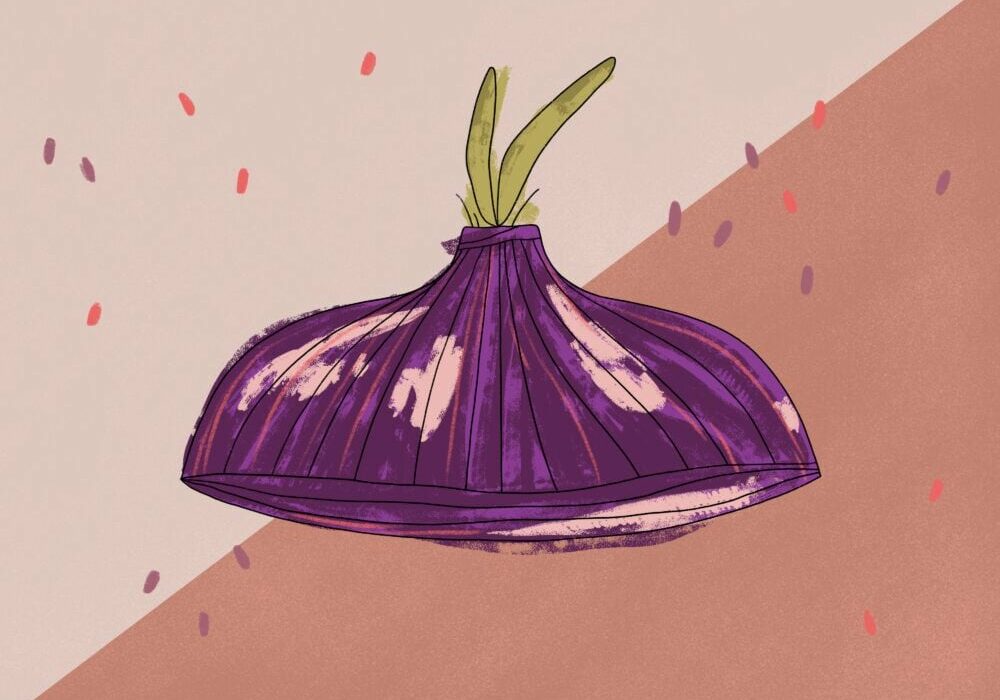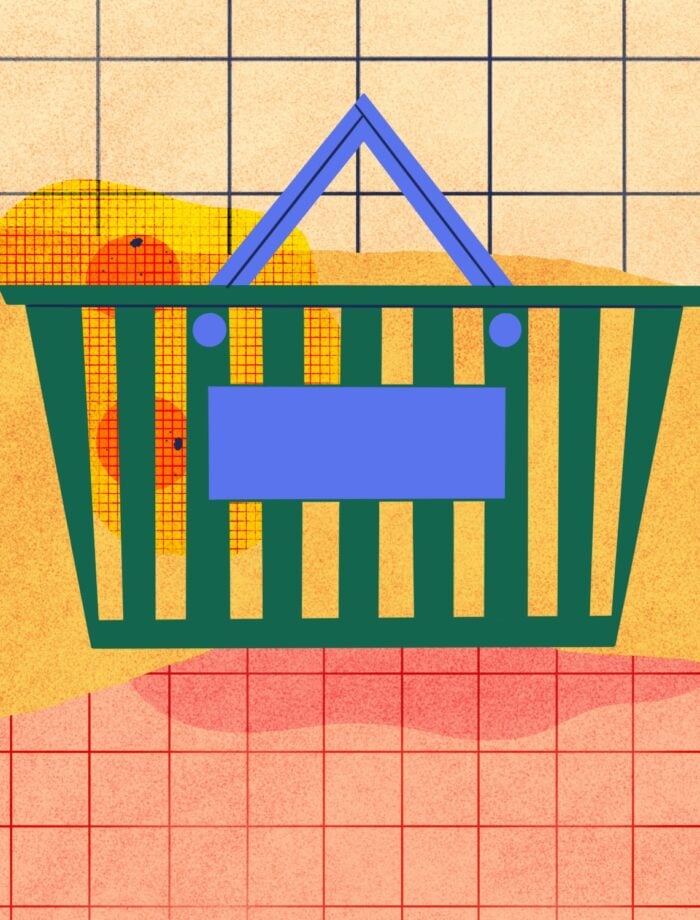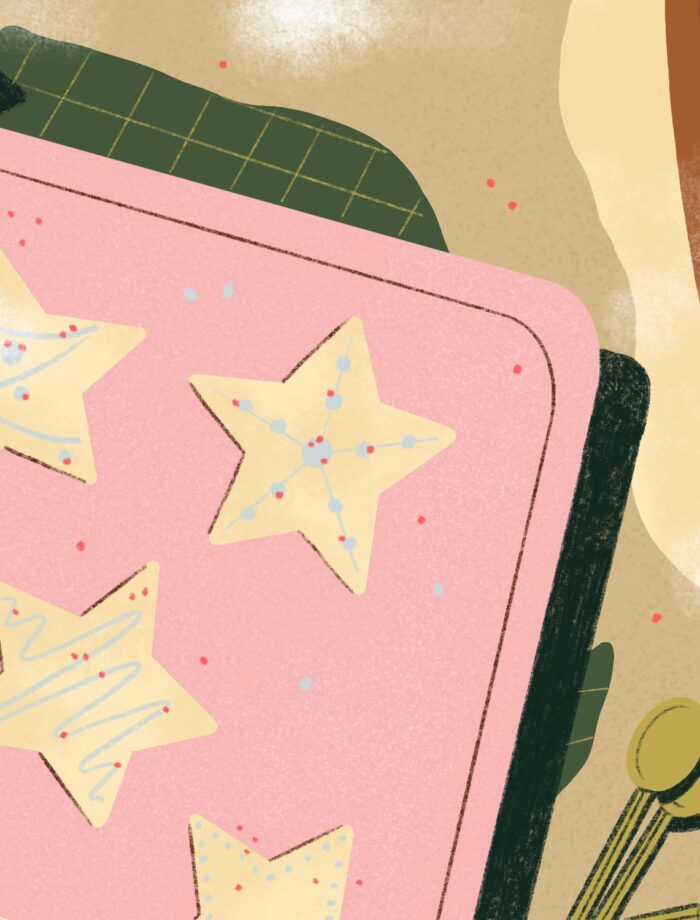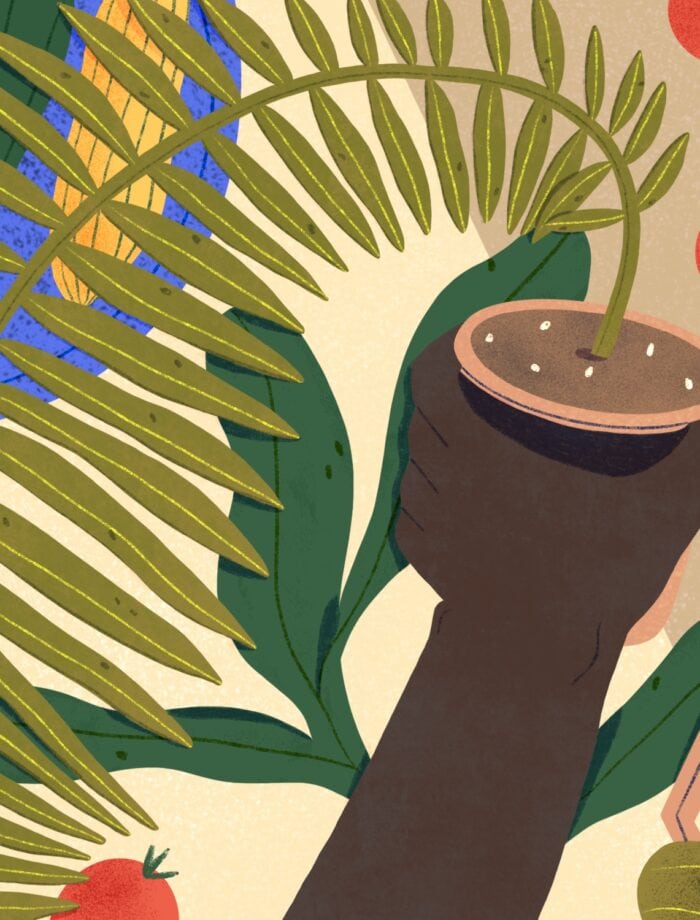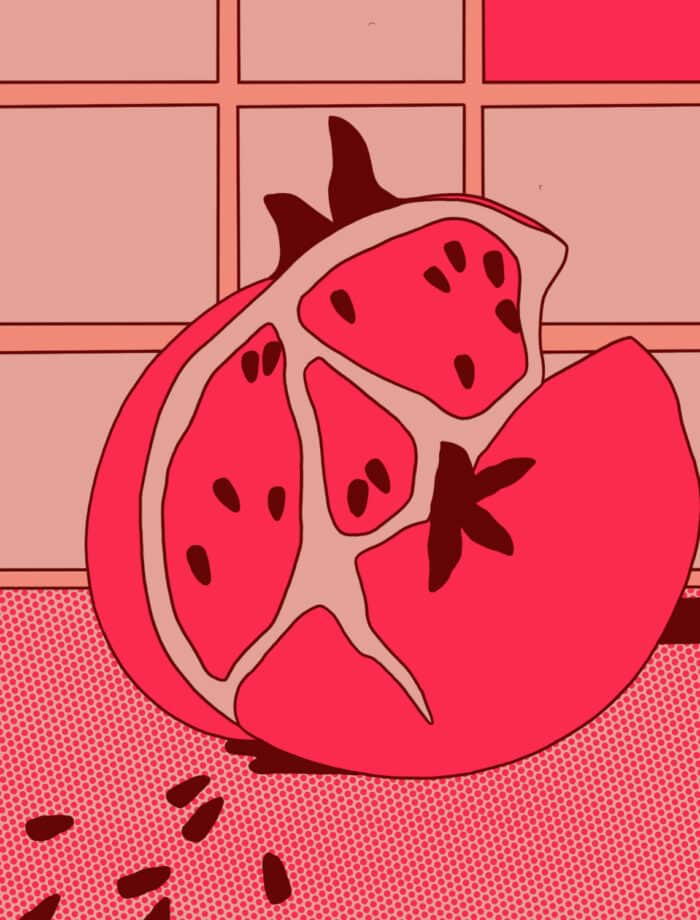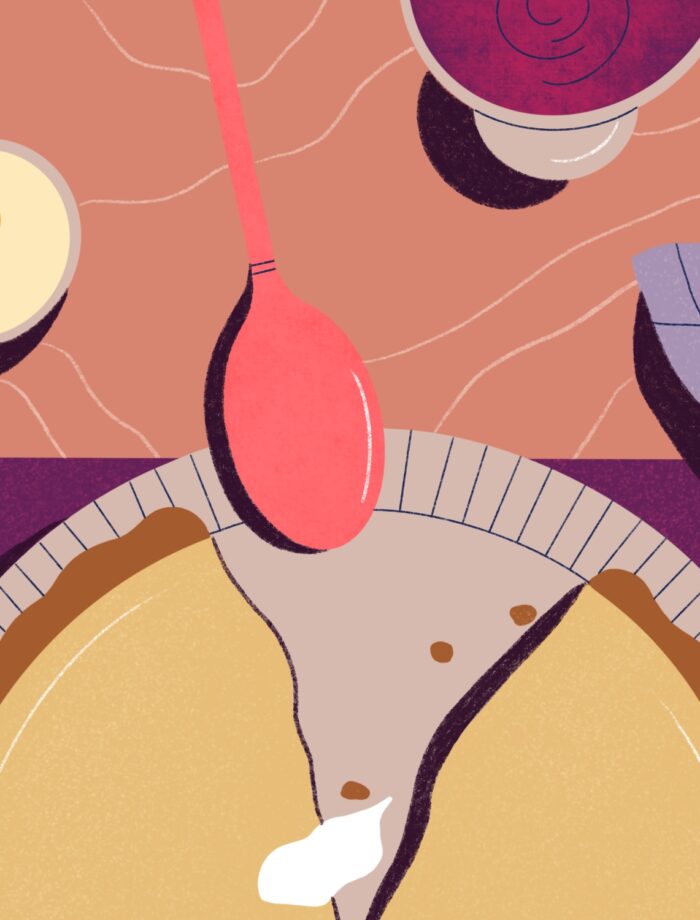Spring is in the air and it is time for a fresh start. We are slowly beginning to find safe ways to step back out into the world. During the extended period we have spent indoors, the pandemic has prompted many to find innovative ways to fulfill one of our most basic needs: fresh food. At the start of the chaos, there were swirling fears of not being able to find what you needed at your local grocery store. An echo of the past, victory gardens have sprung up all over to feed families and to serve as a fun pastime. This has resulted in a lot of new gardeners learning how to grow their own fruits, vegetables, and herbs. I first attempted to grow my own food just a few years back and it has been a fabulous experiment ever since. You do not need to have a “green thumb” to get started. You just need to be open to trying.
Soil
I initially ventured into gardening as I was trying to reduce waste around the house. It was one of the first habit shifts I made after falling down the zero waste rabbit hole. I noticed how much space my food scraps were taking up in my trash can and how quickly the decomposing food would stink up my small apartment. I sought out solutions that would help me create a closed loop system with my food waste right at home. As one does when they are learning something new, I made my way into an internet hole to learn more about composting. I had never composted before. It was all brand new to me. I watched YouTube videos and read blogs which all made it seem like you either needed to be a person with a large backyard or a person who was excited about having worms as pets. I am neither of these people.
Healthy soil is the foundation of any garden.
At this point in my life, I lived on the fourth floor of an apartment building in Madison, Wisconsin. Our city did not have a curbside composting program. There were a couple of affordable pickup services to choose from, but I wanted to actually work through the composting process myself to learn more about it. This is how I landed on bokashi composting. The word bokashi comes from the Japanese language to describe “gradation” or “fading away”. The process was likely inspired by ancient Korean agricultural practices and reintroduced to modern culture in the early 1980’s by Dr. Teruo Higa. Higa pioneered the development of a blend of 80 microorganisms called EM-1 that make it easy for this process to happen in both commercial and household settings. My system for bokashi composting involved a five-gallon container and an inoculated bran that would accelerate the composting process by fermenting the food scraps. It was perfect for my living situation at the time. My cats would often get curious and perch themselves on top of the five-gallon container but otherwise, you would not even notice it was there.
I watched my onion peels and red pepper cores and potato skins and herb stems condense into a sweet-smelling concoction. My partner would NOT agree with me (Sorry!) but to me, it smelled like a potent pickled veggie bowl which was exactly what it was. Once I started figuring out more about the process of composting at home, I realized I had nowhere to put the finished product.
If you ask any gardening expert (people who are much smarter than me), they will likely tell you that healthy soil is the foundation of any garden. This is why I decided that I would use the compost I had created myself and take up gardening as a hobby. I purchased a couple ten-gallon whiskey barrels for my small balcony and filled them halfway with soil. I left some space to bury the fermented veggie mixture when it was ready so it could complete the process of turning into healthy compost. Once I figured out a system that would work for me, I was cranking out compost and fell in love with the idea that I could have a mini-farm right outside my apartment. I got to watch the circle of life unfold literally right before my eyes and it was pure magic.
Seeds
Now that I had all this nutrient-rich soil, I had to start figuring out what to do with it so I got ~really~ into gardening! My first experiments included starting herbs from seed. This definitely was not the easiest place to dive in for a beginner. Seeds need to be set up for success in the right environment with plenty of attention and care. If starting from seeds feels too frustrating when you are just starting out, you can skip the stress and purchase seedlings.
There is something so magical about eating a meal made of ingredients you grew yourself.
To start growing plants from seeds, I used old cardboard egg cartons to hold the soil covered by a plastic dome to create a greenhouse effect. This allows heat and humidity to build up and create the perfect conditions to birth new life. After spritzing the soil with water daily for about a week, I started to see some green poke out of the earth. It is the most exciting feeling to cultivate life like that. This experience caused me to think more deeply about where my food actually comes from and how much work it takes to get it from a farm to my plate. After the seedlings reach about an inch tall, I could transplant them into their own individual pots to give their roots space to grow.
Regeneration
If you want to start with something slightly more simple, you can regrow certain types of food scraps in water on your countertop. An easy place to start is with green onions. I start by removing any dead or slimy bits from the plant. Then, I simply place them in a tall glass or a mason jar filled with about two inches of cold water. The key, I have found, is making sure your green onions get plenty of direct sunlight and to change out the water every two or three days.
Similarly, you can regrow lettuce, celery tops, and carrot greens in water. It is not likely that you will be able to grow a plant to its original size with just water, but you can definitely grow something that is worth the effort. There are plenty of Closed Loop Cooking recipes that can help you utilize your regrown food. I have made this carrot top + kale dip before and it’s delish. You could even experiment with swapping the kale for basil. This herb scrap chimichurri is divine! Or if you decide regrowing food is not the thing for you, you can toss all your veggie scraps into this vegetable stock.
Cultivating a Kitchen Garden
If you want to take all the skills you have learned from growing plants to the next level, you can venture into starting a kitchen garden. A kitchen garden refers to a place where you grow food that you plan to cook in your own kitchen. It is relatively small in scale and can range from thyme to tomatoes. There is something so magical about eating a meal made of ingredients you grew yourself. Now is a great time to get started! You can keep reading forever about all the things you might want to learn to start gardening, but the best way to learn is to actually start trying things. As the guerrilla gardener himself, Ron Finley, often says: “Go plant some shit!”
If you are really eager to get going and need a quick start guide, here is a recap of some of my top tips for beginners:
- Start simple by regrowing food scraps like green onions.
- Explore growing simple plants like herbs. Starting from seeds can be challenging, so try buying seedlings if you find yourself getting frustrated.
- Build on your skills by cultivating a kitchen garden and expand from there.
- If you have the capacity to compost, use it as an additive to your soil. Bokashi composting is an option for apartments if you don’t like the idea of having worms as roommates.
- Do not be afraid to try and fail and try again.
As you take your first steps into exploring gardening, always remember that it is all an experiment. Sometimes you will plant a seed that is a dud. Sometimes a plant you pour so much love and attention into will wither and die. It has happened to us all and you can always start over again.
I am in the process of ramping up my garden for the season. I am incredibly lucky to have a small south-facing patio and a 100 square foot community garden plot to experiment with. This year, I am planting snap peas, bush beans, corn, carrots, leafy greens, and more along with lots of herbs and flowers. My most ambitious project yet involves playing with sweet potatoes slips. In part two of this post, I will share a status update of my gardening journey and some more tips that will help you develop your gardening skills.
